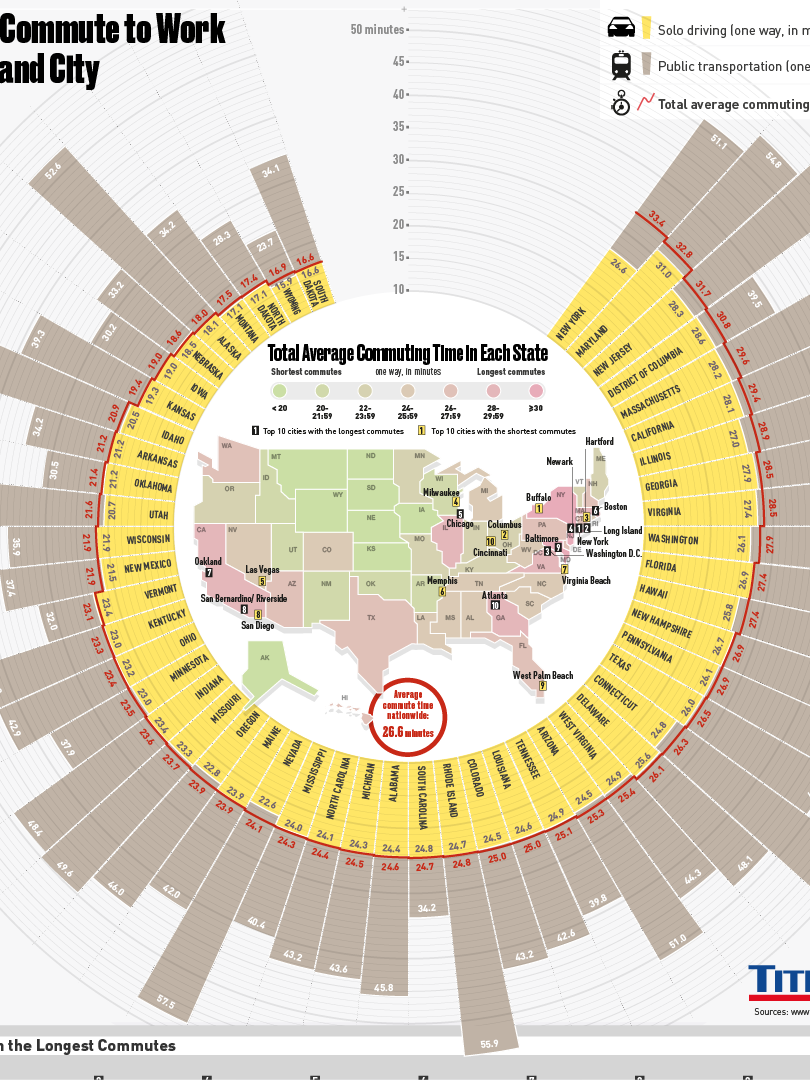A new visualization about Linguistics for La Lettura #500, on the topic of communication in the animal kingdom and how it compares with human language.
The set of 'design features' which was proposed by Charles F. Hockett in the 1960s remains probably the most influential means of approaching animal communication and evaluating how it compares in its many forms with human language. Although Hockett's perspective was restrained by his focus on the code itself rather than the cognitive abilities of its users, some of his observations still look astounding.
First, the overall vision interpreted as a vantage point:
‘Although the comparative method of linguistics, as has been shown, throws no light on the origin of language, the investigation may be furthered by a comparative method modeled on that of the zoologist. The frame of reference must be such that all languages look alike when viewed through it, but such that within it human language as a whole can be compared with the communicative system of other animals […]’
First, the overall vision interpreted as a vantage point:
‘Although the comparative method of linguistics, as has been shown, throws no light on the origin of language, the investigation may be furthered by a comparative method modeled on that of the zoologist. The frame of reference must be such that all languages look alike when viewed through it, but such that within it human language as a whole can be compared with the communicative system of other animals […]’
Secondarily, the point on semanticity:
'‘[…] Specialization refers to the fact that the bodily effort and spreading sound waves of speech serve no function except as signals. A dog, panting with his tongue hanging out, is performing a biologically essential activity, since this is how dogs cool themselves off and maintain the proper body temperature. The panting dog incidentally produces sound, and thereby may inform other dogs (or humans) as to where he is and how he feels. But this transmission of information is strictly a side effect. Nor does the dog’s panting exhibit the design feature of “semanticity”. It is not a signal meaning that the dog is hot; it is part of being hot’.
'‘[…] Specialization refers to the fact that the bodily effort and spreading sound waves of speech serve no function except as signals. A dog, panting with his tongue hanging out, is performing a biologically essential activity, since this is how dogs cool themselves off and maintain the proper body temperature. The panting dog incidentally produces sound, and thereby may inform other dogs (or humans) as to where he is and how he feels. But this transmission of information is strictly a side effect. Nor does the dog’s panting exhibit the design feature of “semanticity”. It is not a signal meaning that the dog is hot; it is part of being hot’.
Hockett also made clear how these features connect to form systems that have a clear communicative functionality, some of them being even open systems, which means, new signs can be created inside them:
‘It should be noted that some of these 13 design-features are not independent. In particular, a system cannot be either arbitrary or nonarbitrary unless it is semantic, and it cannot have duality of patterning unless it is semantic’.
‘It should be noted that some of these 13 design-features are not independent. In particular, a system cannot be either arbitrary or nonarbitrary unless it is semantic, and it cannot have duality of patterning unless it is semantic’.
This dataviz has been conceived as part of a series about visual linguistics and follows the previous visualizations on various topics. The original idea, researches, and design are from me. More and more coming, hopefully.










